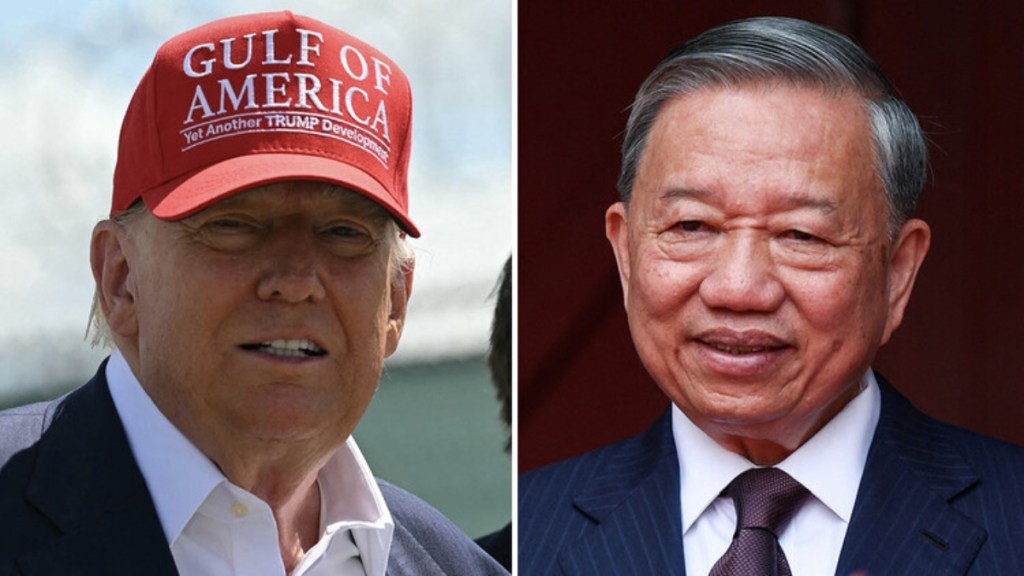Trump Tariffs: US President Donald Trump on Wednesday declared a new trade agreement with Vietnam, claiming a major breakthrough in US efforts to revamp its global trade terms. The deal, he said, includes a 20 per cent tariff on Vietnamese exports to the US and zero duties on US goods entering Vietnam. However, Vietnamese officials and state media pushed back, saying the agreement is not final and the negotiators are still working to finalise the details of the trade deal announced, according to a Bloomberg report.
Hanoi emphasised that several critical aspects, including the proposed tariff levels, US recognition of Vietnam as a market economy, and the removal of export restrictions on US high-tech products are still under negotiation.
Trump’s tariff
The Vietnam deal is part of Trump’s broader trade overhaul, which aims to assign “reciprocal tariff rates” to over 170 trading partners. Speaking to reporters on July 2 before leaving for a campaign event in Iowa, Trump said letters will be sent to countries in batches of 10, informing them of the tariff rates they will face if they do not negotiate individual trade pacts.
“How many deals can you make?” Trump asked rhetorically. “We’re simplifying it.”
Treasury Secretary Scott Bessent backed the approach, saying about 100 countries will likely receive a flat 10 per cent tariff, though this is fewer than originally expected. Many nations have yet to initiate talks with the US, despite Trump’s earlier promise to conclude 90 deals in 90 days.
Trump Vietnam deal’s impact on China
Trade analysts view the Vietnam deal, particularly the 40 per cent tariff on transshipped goods, as a warning shot to China. These elevated duties target products rerouted through third countries, a tactic frequently used by Chinese exporters to bypass US tariffs during the original US-China trade war.
The administration has kept existing tariffs on Chinese goods at around 55 per cent, down from April’s high of 145 per cent. But the 40 per cent benchmark set in the Vietnam deal may now serve as a tariff floor in future China negotiations, particularly if Beijing fails to deliver on agreed commitments.
US-China trade talks
Despite progress in US-China relations including a London framework in June and Chinese pledges to resume rare earth shipments, key export restrictions remain. US officials continue to monitor compliance, particularly around sensitive goods like chip design software and ethane.
Trump’s assertive use of reciprocal tariffs marks a sharp departure from past US trade policy. But critics say the lack of finalised deals, the piecemeal rollout, and resistance from partners like Vietnam reflect the challenges of implementing such a strategy globally.
Meanwhile, Trump’s July 9 deadline looms large, when tariffs could escalate sharply for countries that have not yet reached agreements.

